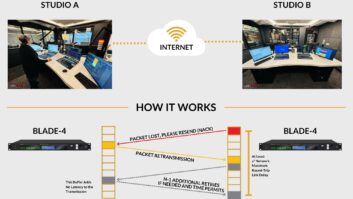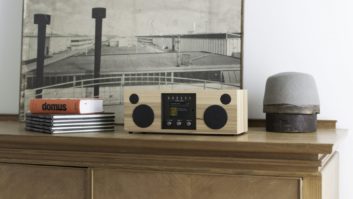CAMBRIDGE, Mass.�Akamai Technologies, Inc. released its first quarter, 2015,“State of the Internet”report.�Based on data gathered from the Akamai Intelligent Platform, the report provides insight into key global statistics, such as connection speeds, broadband adoption across fixed and mobile networks, IPv4 exhaustion and IPv6 implementation.
Let�s take a look at some of the highlights of the latest report:
�������In the first quarter of 2015, the global average connection speed for the first time reached 5 Mbps, a 10 percent increase over the previous quarter. Quarterly global average connection speeds among the top 10 countries all remained well above 10 Mbps, and six of the 10 had average speeds above 15 Mbps, as Ireland (17.4 Mbps), Sweden (15.8 Mbps) and the Netherlands (15.3 Mbps) joined South Korea (23.6 Mbps), Hong Kong (16.7 Mbps) and Japan (15.2 Mbps).
�������global average peak connection speeds increased 8.2 percent to 29.1 Mbps. Speeds increased across the board among countries/regions in the top 10, led by Kuwait (76.5 Mbps) and Mongolia (68.9 Mbps) with impressive gains of 126 percent and 72 percent, respectively. Singapore (98.5 Mbps) rose 17 percent to overtake Hong Kong as the country/region with the highest average peak connection speed. All of the top 10 countries/regions saw average peak speeds greater than 65 Mbps.
�������Globally, 4.6 percent of unique IP addresses connected to Akamai at average connection speeds of at least 25 Mbps, a 12 percent increase over the previous quarter. Similar to the 10 Mbps and 15 Mbps metrics, South Korea led the world in 25 Mbps broadband adoption, with a 31 percent adoption rate. In the United States, five states had 10 percent or more of unique IP addresses connect to Akamai at average speeds of at least 25 Mbps.
�������Fourteen percent of unique IP addresses globally connected to Akamai at average connection speeds of 15 Mbps or above, up from 12 percent in the fourth quarter.
���������Regarding mobile connectivity: the United Kingdom had the fastest average connection speed at 20.4 Mbps, a 28 percent increase from the previous quarter. Denmark was again in second place, at 10 Mbps.
�������The average of peak mobile connection speeds again spanned an extremely broad range in the first quarter,from 149.3 Mbps in Australia down to 8.2 Mbps in Indonesia. A total of four countries � Australia (149.3 Mbps), Japan (126 Mbps), Singapore (116.4 Mbps) and Thailand (105.4 Mbps) � posted average peak speeds above 100 Mbps, up from two countries in the fourth quarter.�Perhaps due in part to rollouts of higher speed mobile technologies like LTE-A, the successor of 4G LTE, a total of 15 countries had average peak speeds above 50 Mbps, a large increase from just four in the previous quarter.
After reading the last point from the report, you may be wondering about what �LTE-A� is.� How is that different from LTE?� Briefly, there are four aspects of LTE-A that allow for better performance (with respect to plain-old LTE):
������Carrier aggregation. The easiest way to increase data throughput is to add more bandwidth.� LTE-A uses multiple carriers.
������Relay Nodes.Relay nodes are low-power base stations that provide enhanced coverage and capacity at cell edges, and hot spot areas.
������Spatial multiplexing.�Multiple in/Multiple out (MIMO) is used to increase the overall bandwidth by using two or more data streams from two more antennas.
������Coordinated multi-point operation.Provides further improvement of network performance at call edges.�
It�s actually quite interesting and there�s more to it of course.� Check out thisWeb page, should you be interested in learning more.��












